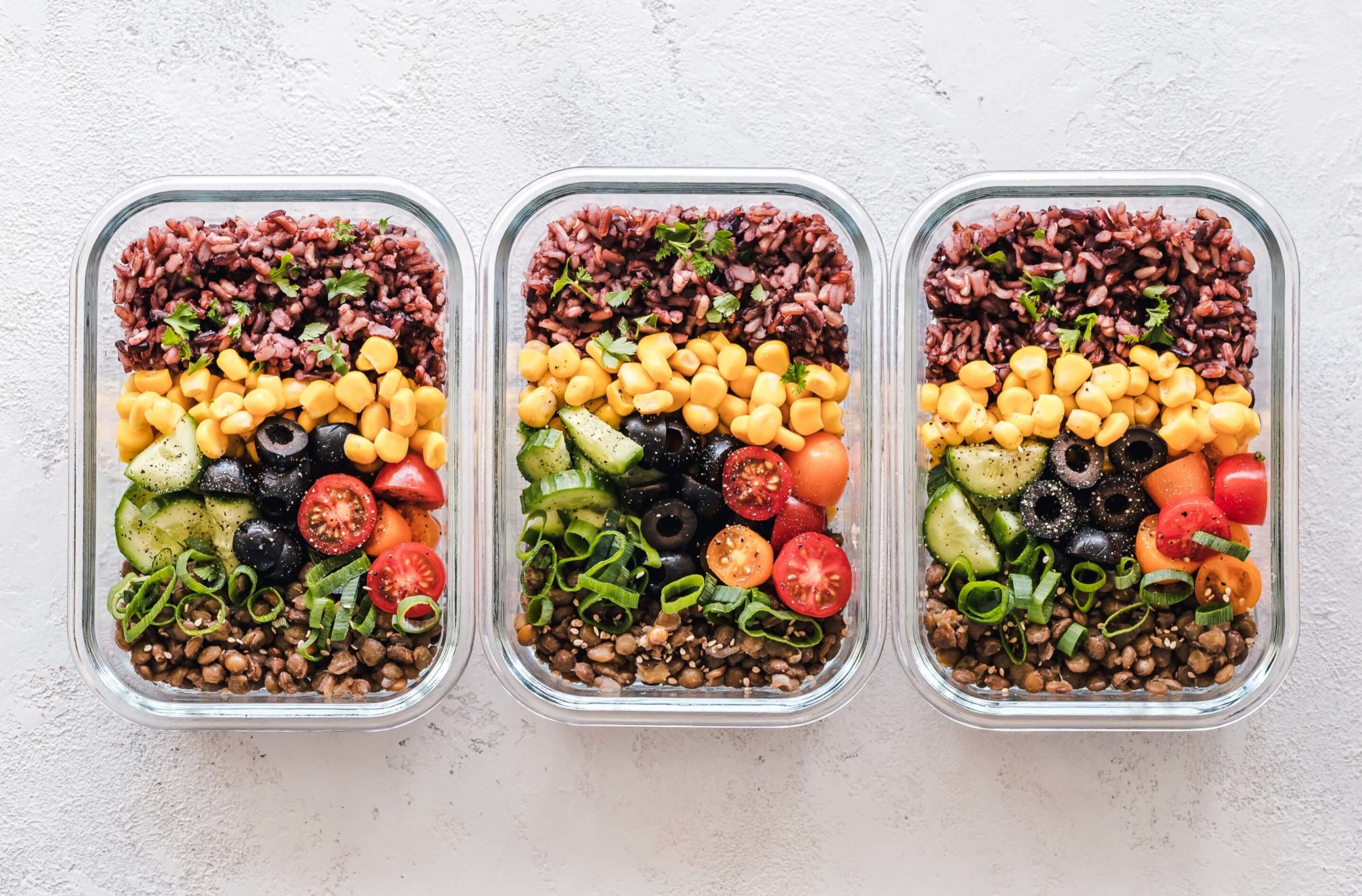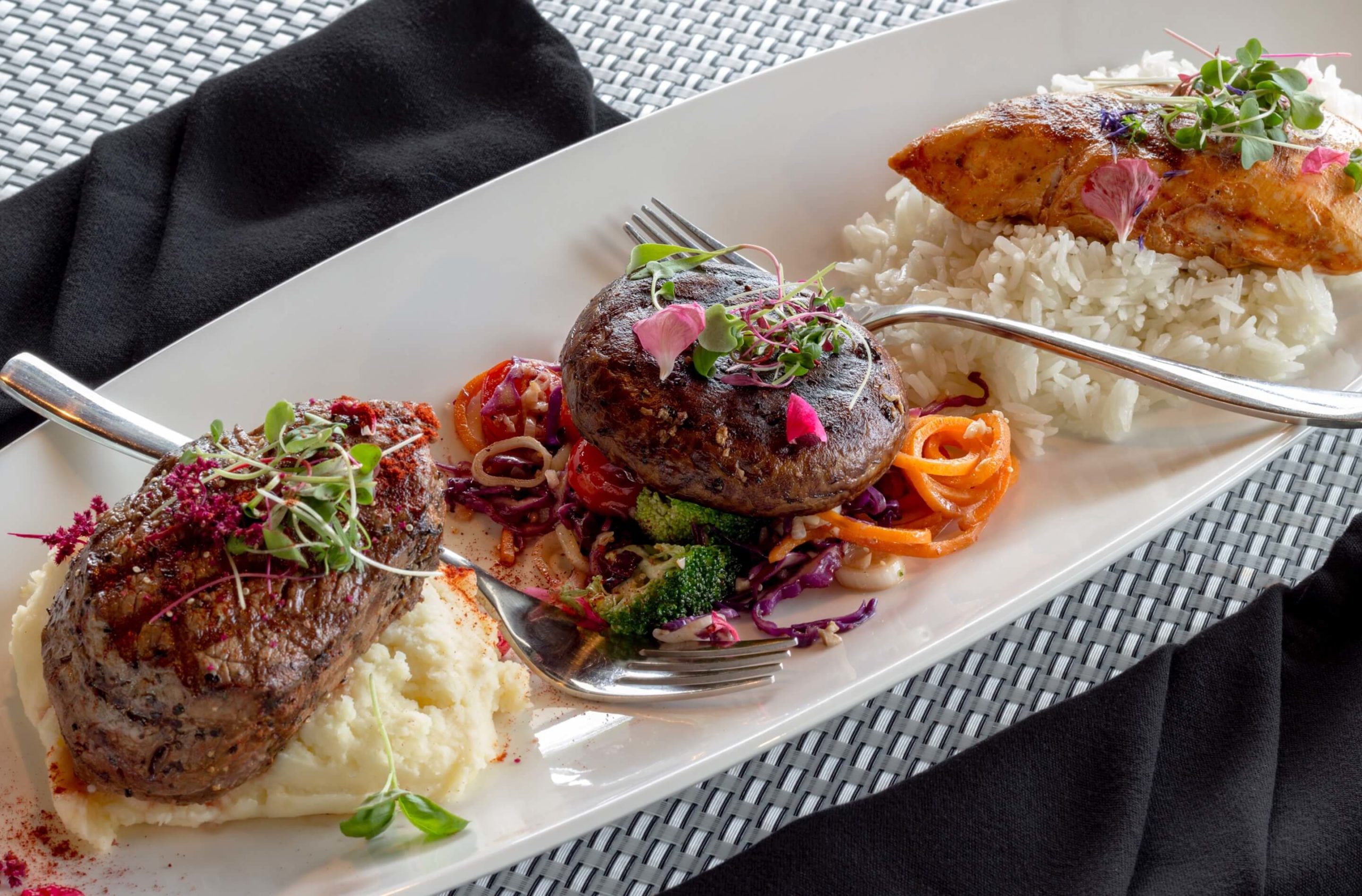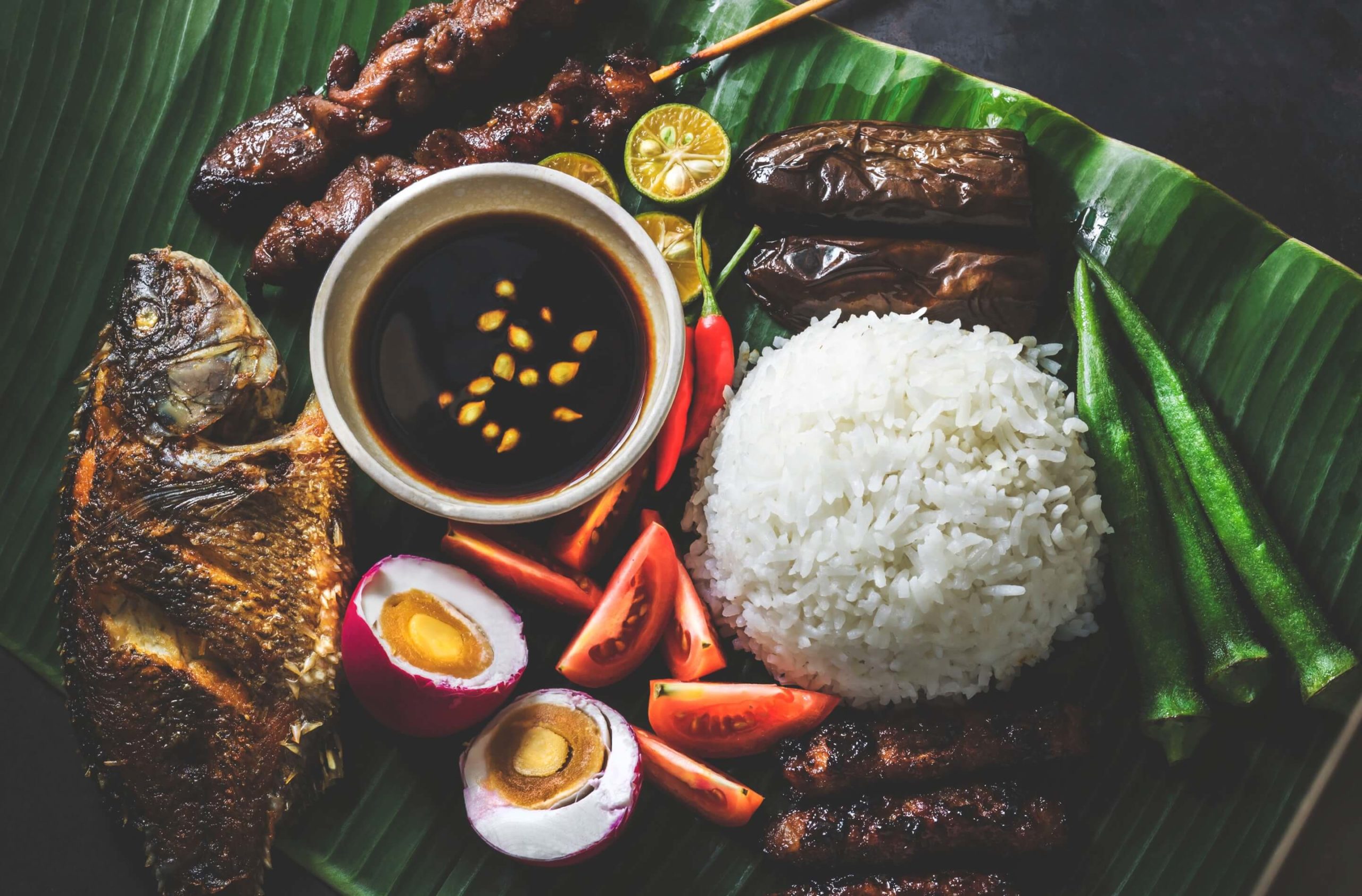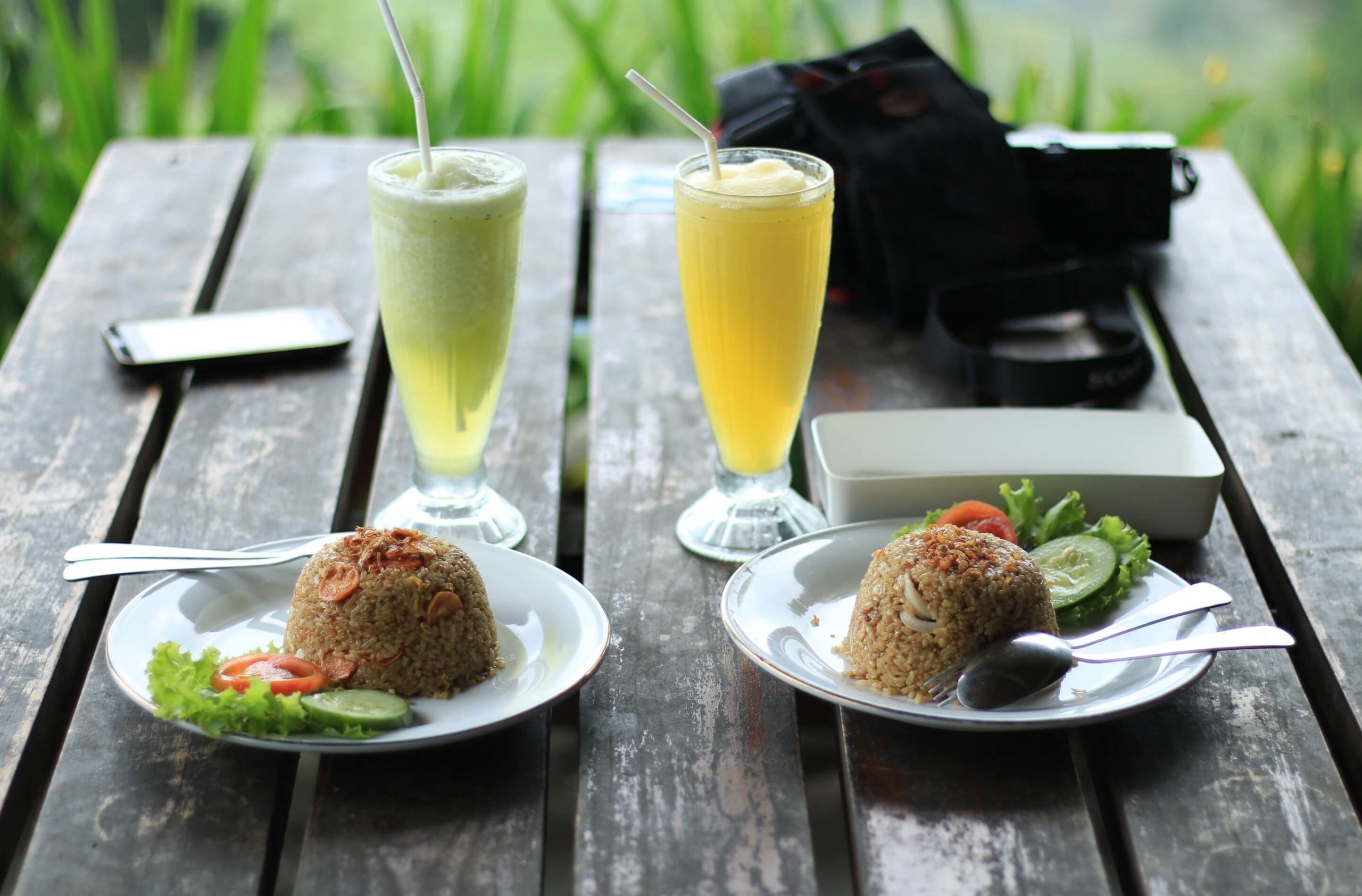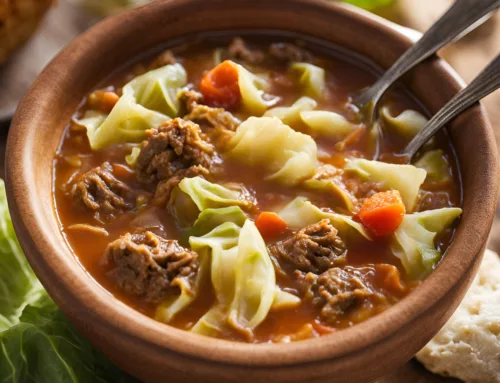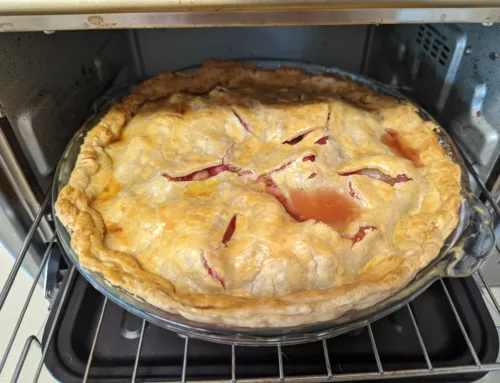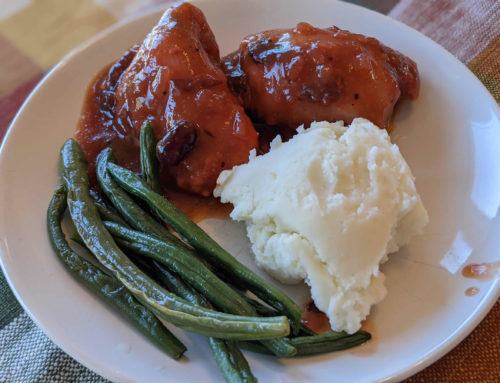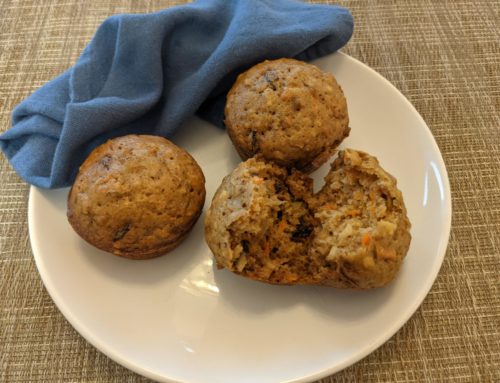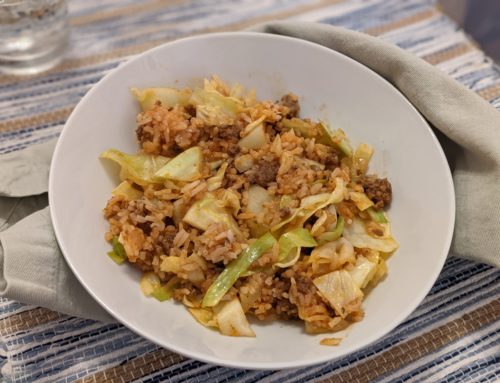“gastronomically, a wild salmon and a farmed salmon have as much in common as a side of wild boar has with pork chops.”
― Mark Kurlansky, Cod: A Biography of the Fish that Changed the World
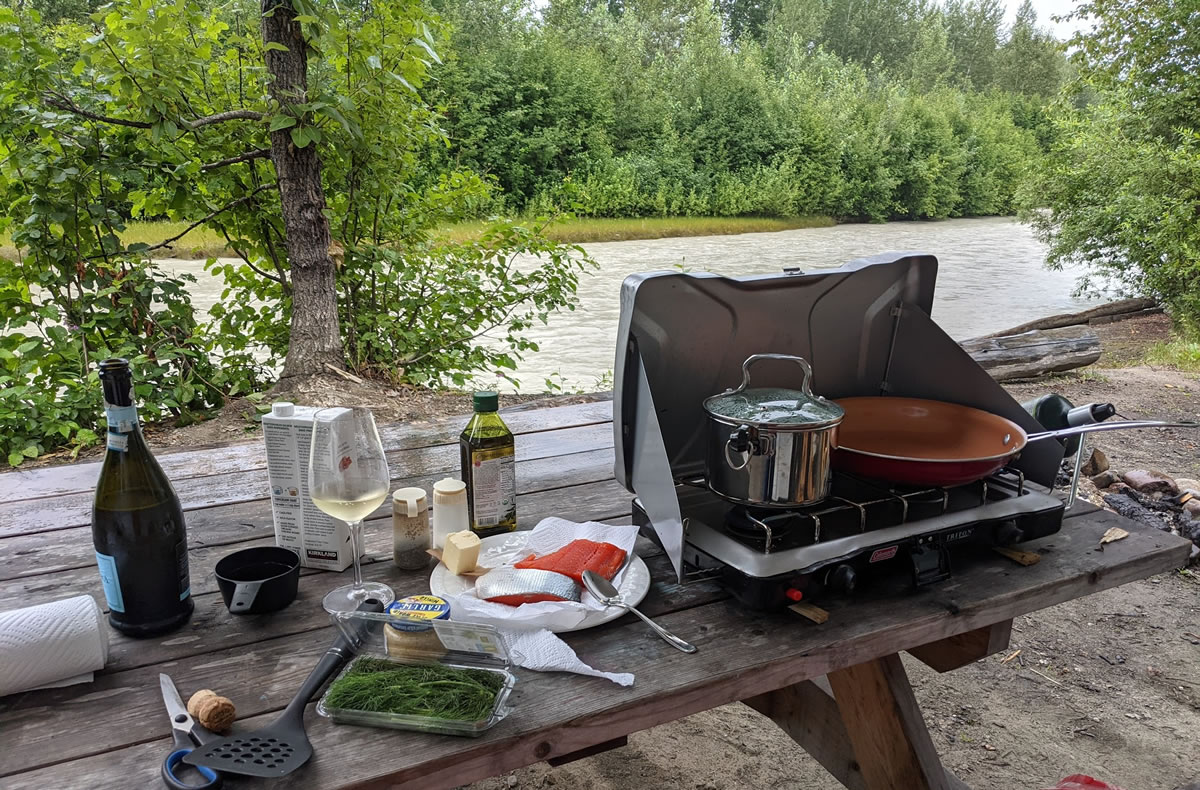
Grandpa and I are planning our last fishing charter of the season. The freezer is already stocked with early season reds (sockeyes), thanks to daughter Amy. The Coho Salmon we Alaskan’s call ‘silvers’ are running now and we still want our halibut and rockfish to get us through the winter.
That sounds like a lot of fish for a couple of old folks.
How often do you eat fish? The FDA recommends 2 to 3 (4 oz) servings a week. Wild caught Alaskan Salmon makes that recommendation easy to achieve!
Why Wild Caught?
Not to sound like a salmon marketing board spokesperson, but you can’t compare farmed fish to wild salmon.
Flavor – wild salmon tastes better. They say you are what you eat – wild fish eat delicious wild food. Farmed fish get a high fat, high protein feed.
Nutritional Value – wild salmon is better for you. Calories, saturated fat, antibiotics, contaminants in farmed fish make Wild Caught Salmon a healthier option. *
| 1/2 fillet wild salmon (198 grams) | 1/2 fillet farmed salmon (198 grams) | |
|---|---|---|
| Calories | 281 | 412 |
| Fat | 13 grams | 27 grams |
| Saturated Fat | 1.9 grams | 6 grams |
Alaskan Salmon
There are five types of Alaskan salmon.
- Kings (Chinooks) get the most press. They have a higher fat content which makes for flavorful meals.
- Reds (Sockeye) are my favorite. They have a rich flavor and gorgeous red-orange flesh that looks beautiful as it tastes. They are the first salmon of the season and are anticipated for those few weeks before you can refill the freezer after a long winter.
- Silvers (Coho) are an excellent entry-level wild salmon. That family member who “doesn’t like salmon” will start changing their mind when you serve this more delicate late-season fish.
- We don’t usually eat Pink or Chum salmon, which are similar in taste and low-fat content to farmed Atlantic salmon. It’s often available canned or smoked (and smoked and canned).
Luxury or Worth Every Penny?
Wild salmon costs more. Absolutely. Honestly, our upcoming fishing charter is probably the least cost-effective way to fill our freezer. Nevertheless, every fillet will get eaten and not a bite will go to waste. All I have to do is promise to make wild caught Alaskan salmon and my family is sure to join us for dinner.
Tonight I’m grilling a couple of Sockeye fillets to serve with pineapple salsa and cilantro rice. We’ll be eating good!
Where to buy wild caught Alaskan Salmon online:
Sources and More Information:
Healthline: Wild vs Farmed Salmon: Which Type of Salmon is Healthier
Subscribe & Receive A Free eBook
Responsive innovate grok latte disrupt intuitive actionable insight SpaceTeam grok. Human-centered design Steve Jobs.
We do not spam. You can unsubscribe anytime.



